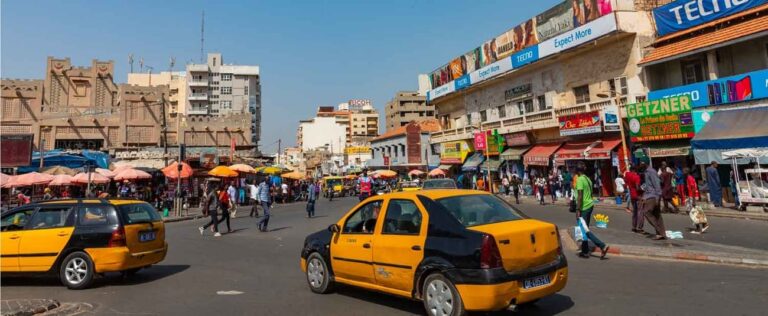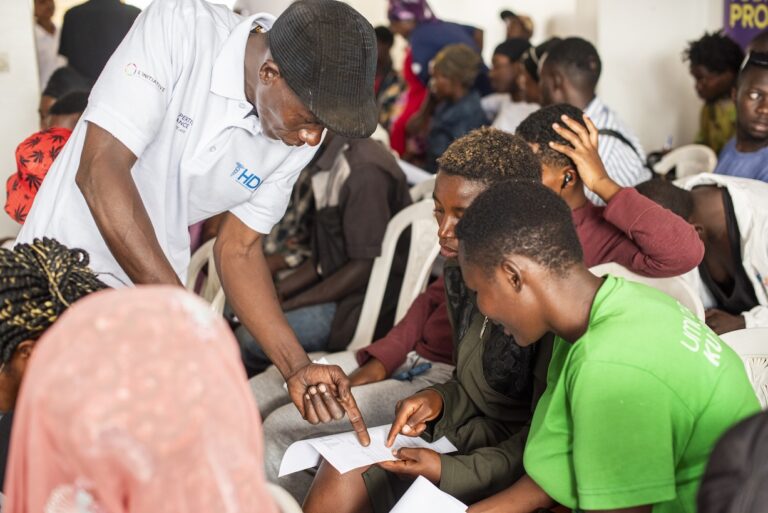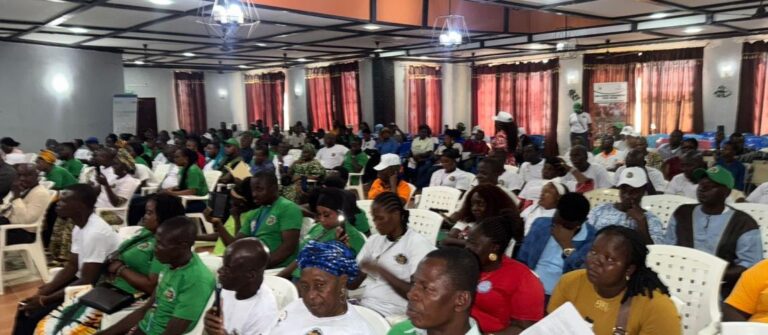
Morocco has inaugurated a state-of-the-art sterile fly breeding facility in Agadir, aiming to safeguard its citrus production from invasive pests.
Supported by the International Atomic Energy Agency (IAEA) and the Food and Agriculture Organization (FAO), the project is drawing attention from other African countries grappling with fruit fly infestations.
Fruit flies, particularly the Bactrocera dorsalis species, have devastated African orchards since their arrival in 2003, causing losses of up to 90% of mango harvests in some regions. Beyond threatening local food security, these pests hinder exporting countries from meeting stringent international phytosanitary standards.
The new Moroccan facility employs the sterile insect technique (SIT), which involves irradiating male flies before releasing them to prevent reproduction.
With a production capacity of 130 million sterile insects per week, the plant targets the 180,000 hectares of citrus orchards in the Souss Valley, a cornerstone of Morocco’s export economy.
“Morocco’s new facilities will provide a key tool for reducing infestations and securing the citrus trade,” said Dris Barik, director of the plant health division at the Moroccan National Office for Food Safety (ONSSA).
Last April, the Agadir complex hosted a workshop organized by the IAEA, bringing together experts from 16 African countries. Participants observed the SIT operation firsthand and discussed integrating the technique into their own agricultural programs.
Rui Cardoso Pereira, an entomologist at the Joint FAO/IAEA Centre, highlighted the significance of Morocco’s approach: “The arrival of Bactrocera dorsalis in Africa in 2003 caused massive losses and closed access to several markets. Morocco now offers a concrete example of the successful application of SIT on an industrial scale.”
The Moroccan Citrus professional federation emphasizes that SIT provides both environmental and economic benefits. By reducing reliance on chemical pesticides, the technique protects ecosystems, curbs pest resistance, and enhances the competitiveness of exports to markets such as the European Union.
This initiative forms part of the Atoms4Food programme, jointly led by the IAEA and FAO, which promotes scientific solutions to strengthen food security across Africa. Inspired by Morocco’s model, several African nations are exploring similar facilities or technical partnerships, potentially marking a decisive step toward sustainable, pest-resilient agriculture on the continent.



